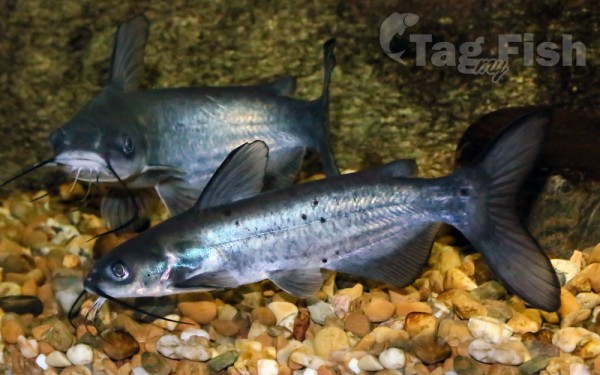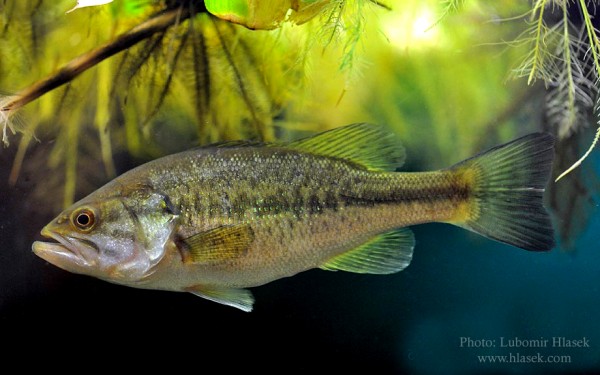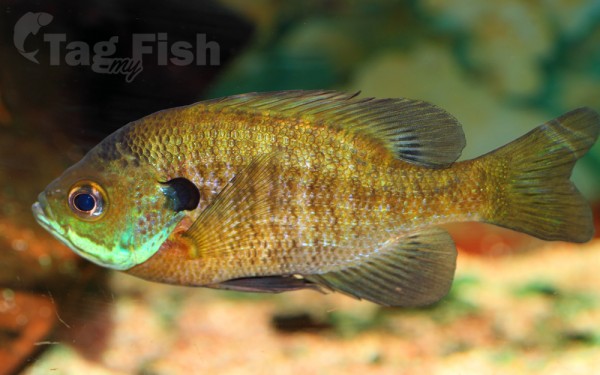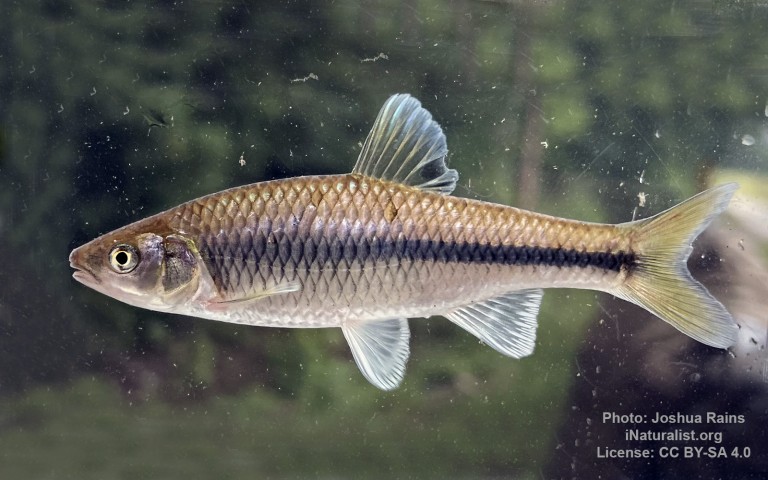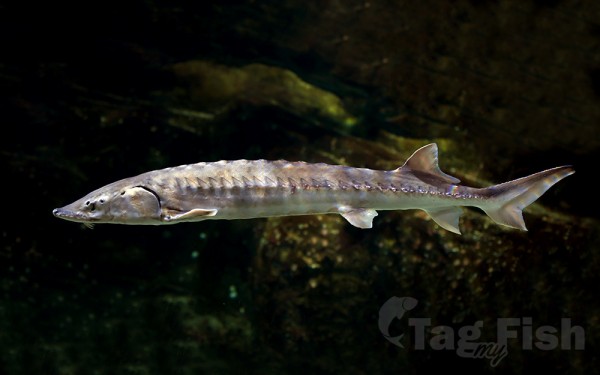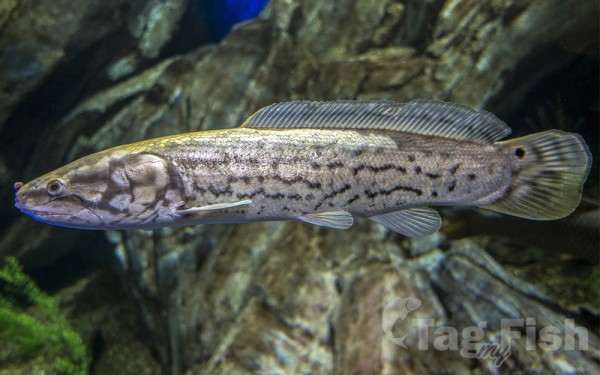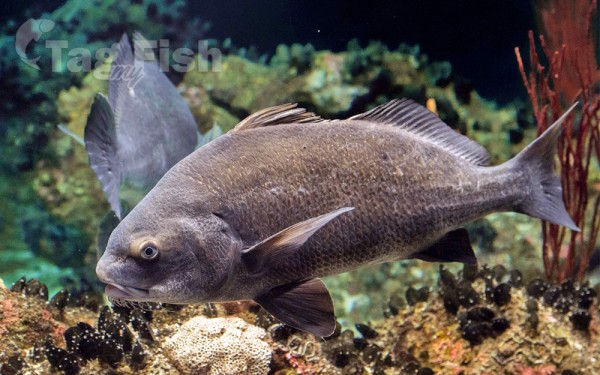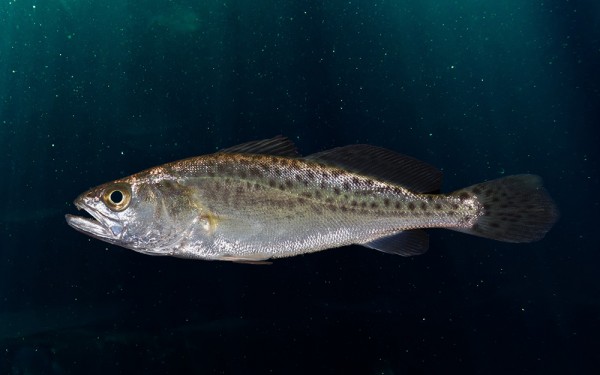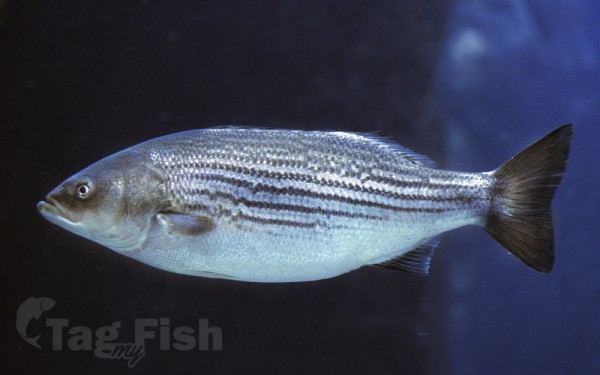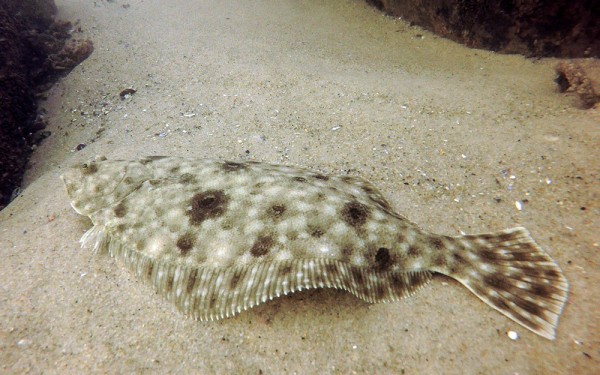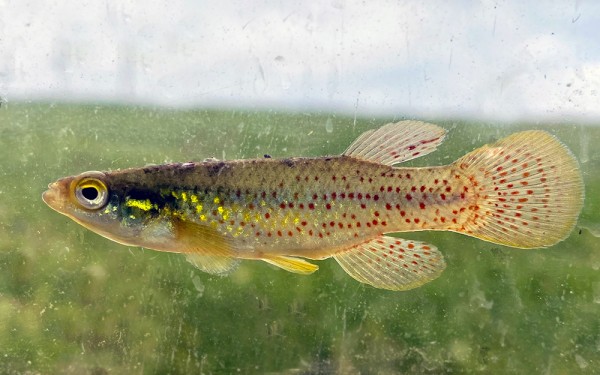Lake Marion (South Carolina)

Siluriformes - Catfishes
Centrarchiformes - Basses and sunfishes
Cypriniformes - Carps
Siluriformes - Catfishes
Centrarchiformes - Basses and sunfishes
Cypriniformes - Carps
Perciformes - Perches
Esociformes - Pikes
Acipenseriformes - Sturgeons and Paddlefish
Lepisosteiformes - Gars
Amiiformes - Bowfins
Acanthuriformes - Surgeonfishes
Moroniformes - Temperate basses
Clupeiformes - Herrings
Pleuronectiformes - Flatfishes
Cyprinodontiformes - Toothcarps
Siluriformes - Catfishes
Centrarchiformes - Basses and sunfishes
Cypriniformes - Carps
Perciformes - Perches
Esociformes - Pikes
Acipenseriformes - Sturgeons and Paddlefish
Lepisosteiformes - Gars
Amiiformes - Bowfins
Acanthuriformes - Surgeonfishes
Moroniformes - Temperate basses
Clupeiformes - Herrings
Pleuronectiformes - Flatfishes
Cyprinodontiformes - Toothcarps
Lake Marion is a large man-made lake in central South Carolina. It has a 315-mile (507 km) shoreline and covers nearly 110,000 acres (450 square kilometers or 173.7 square miles) of rolling farmlands, former marshes, and river valley landscape. With territory spanning five counties, the lake is referred to as South Carolina’s inland sea.
The Santee River was dammed in the 1940s to supply hydroelectric power, as part of the rural electrification efforts initiated under President Franklin D. Roosevelt’s New Deal during the Great Depression. This created Lake Marion, one of the fifty largest lakes in the United States, whether natural or man-made reservoirs. At current capacity it is only about a third of the area of what, if filled to capacity, would be the fifteenth largest lake in the U.S.


